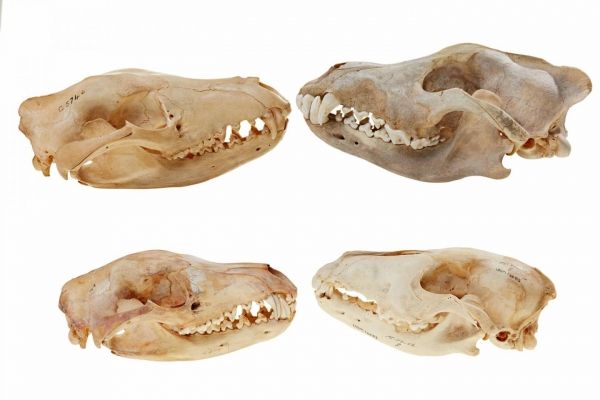Micro-CT scanning and digital reconstructions have been used to compare the skulls of the Tasmanian tiger (thylacine) and wolf across their early development and into adulthood, establishing that not only did the thylacine resemble the wolf as adults, but also as newborns and juveniles.
“Remarkably, the Tasmanian tiger pups were more similar to wolf pups than to other closely related marsupials,” Professor Andrew Pask from the University of Melbourne said.
The collaborative study with Flinders University and Museums Victoria complement earlier findings that thylacine and wolf have evolved similar instructions in their genome, which influence cranial stem cells during development.
While scientists have worked out that different animals evolve to look the same because they occupy similar places in the ecosystem, they have yet to explain how animals evolve to become convergent, particularly the forces driving their early development. The study provides significant new insights into how animals develop to look a certain way and then when in development these things happen.
Read more at: University of Melbourne
Skulls from top to bottom: Adult wolf, adult thylacine, juvenile thylacine, young thylacine. (Photo Credit: The Pask Lab)


